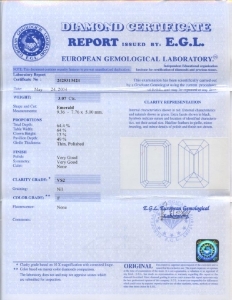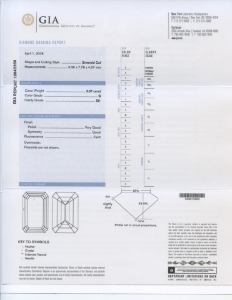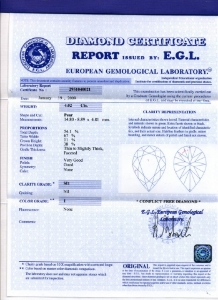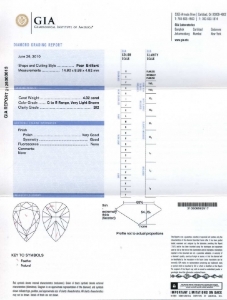mseh3737
Rough_Rock
- Joined
- Sep 22, 2005
- Messages
- 5
DanMgy|1303843192|2905509 said:Just so everybody knows I am NOT contesting that EGL is as good or grades as the same level as GIA or AGS, I am simple looking for actual unbiased or opinioned proof. I do not want an apples to apples comparison, I want a golden delicious apple to golden delicious apple comparison.
I can show you a golden delicious example(unless you consider the labs biased) here of a diamond with 2 different certificates. I don't own this diamond...I am just showing you an example. I'm not insinuating that there is a right or wrong here...it is just a fact of this industry. This is not unique. You are naive if you think differently. Now, you can say that the 2 diamonds are not the same, but I think that we all know that they are. The measurements are often off a bit when a diamond is certed by more than 1 lab. A few things come to mind here: bottom line is that at some point you are going to need to trust the seller of the diamond, don't always buy the paper...you are buying a tangible product which you can have your own opinion on AND... Buyer ALWAYS beware.







300x240.png)